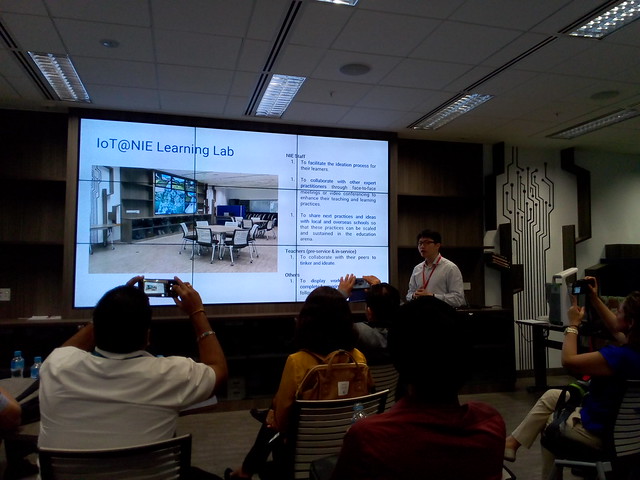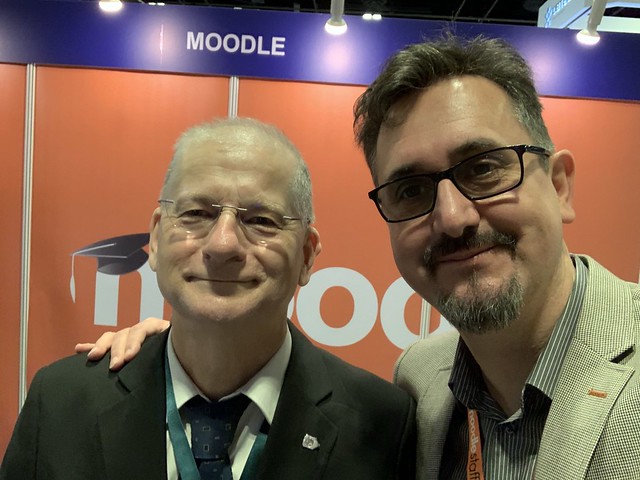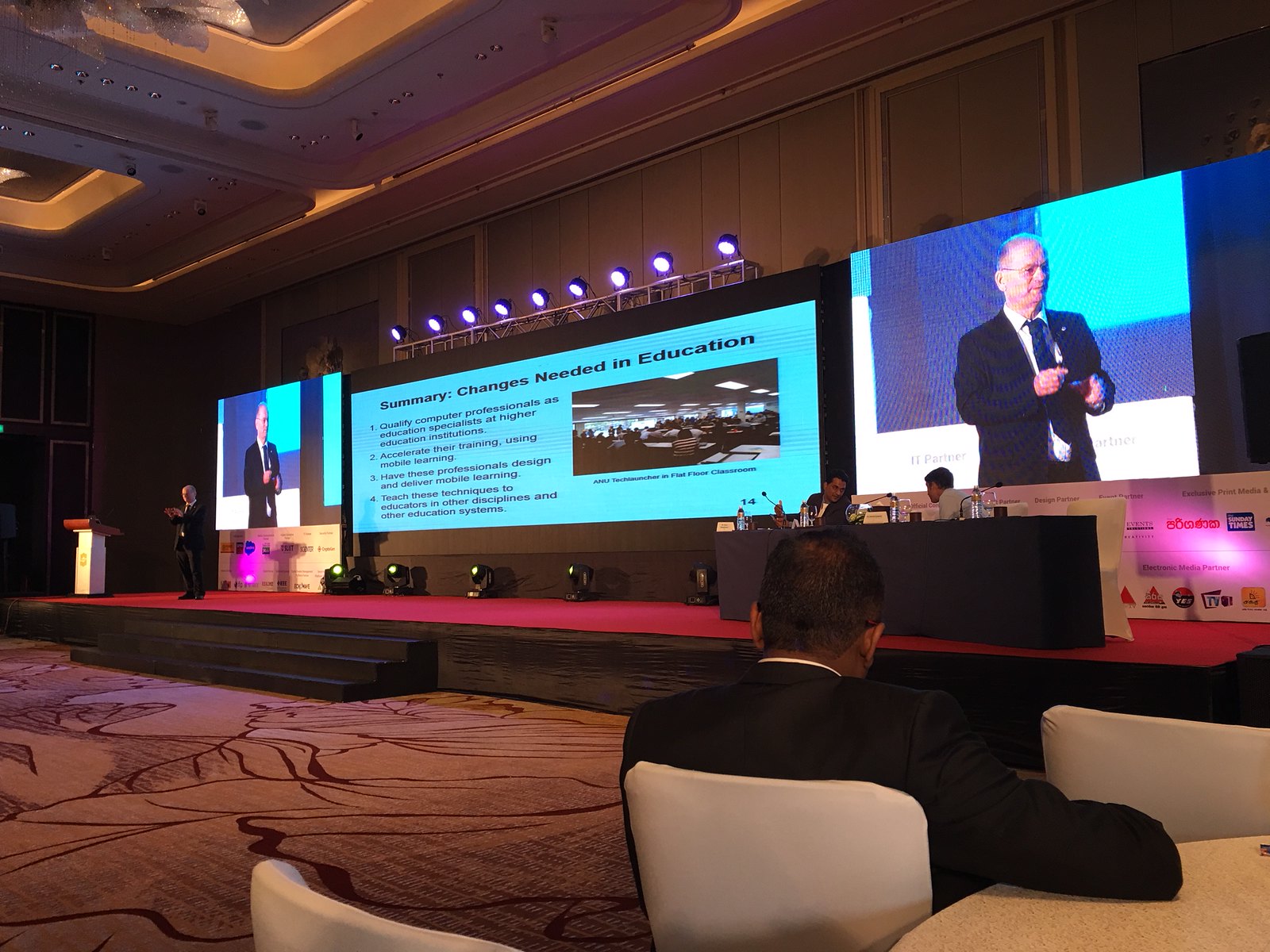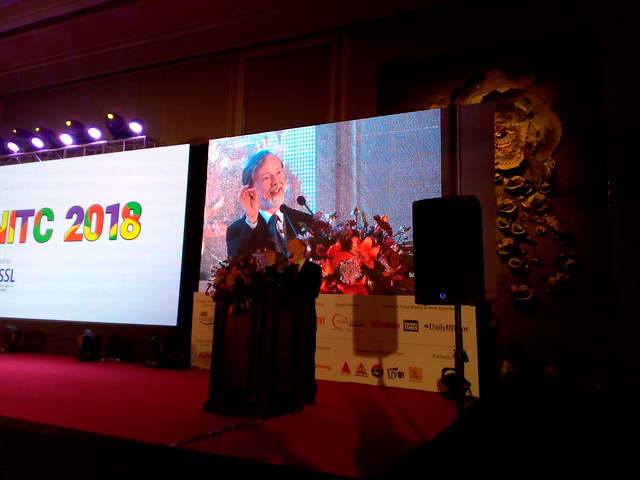Neil Selwyn has
suggested that "Even the smallest
schools are stuffed full of digital devices, display screens and
projectors" and this is not sustainable. He suggests we need to rethink the use of educational technology (EdTech). However, I suggest we need to use less EdTech, but more intensively, both to reduce its environmental footprint and get maximum benefit from the investment.
In 2008 I was commissioned by the Australian Computer Society to design a course in
ICT Sustainability. This was first run in 2009, and has been offered since then by universities in Australia and North America. Students learn how to estimate carbon emissions and e-waste from ICT, then how to reduce them.
One of the key points to reducing the environmental impact of ICT is: when you have it, to use it
intensively. As P
rofessor Selwyn points out, much of the environmental impact of ICT come from the manufacture, so using less equipment more intensively reduces e-waste. Also, ICT equipment tends to use almost as much energy when switched on and idle, as it does being used at full capacity. So it is better to buy less equipment and then use it intensively, than have equipment switched on but doing nothing useful.
The situation may well be getting worse, rather than better. A few weeks ago I gave a presentation at EdTech Asia 2018, on
Energy Use With Flexible Classrooms. Universities are moving from large lecture theaters where students sit and listen, to flat floor flexible classrooms with screens on the walls and devices on desks. If not carefully planned, this could greatly increase the energy consumption of the campus. The worst situation would be if the university retains its lecture theaters, and adds flat floor classrooms as well, all with equipment running in both.
It can help to have classrooms which can be switched off when not in use. But it is better, as with ICT equipment, to not have more classrooms than you need, and use them intensively. One way to do this is to have flexible rooms, which can be reconfigured, with movable furniture, seating and walls.
As part of EduTech Asia 2018 I went on a bus tour of Singapore universities. At one stop the staff proudly showed off their large auditorium. However, this space had fixed tiered seating, and fixed walls. As a result it would likely stand empty most of the year. In contrast, ANU is finishing a new
ANU Culture and Events Building with rooms of retractable tiered seating. When not needed for large lectures, the seats can be retraced, leaving a large flat floor space.
At another university on the EduTech tour there was a "Moot Court" for training lawyers. This was an impressive wood paneled reproduction of a courtroom. However, here again, the seating was fixed, making the room less usable most of the time. Instead I suggest having movable furniture which can be configured as a court when needed, and rearranged for other forms of learning.
There is not an inevitable trend to more energy intensive EdTech. At EduTech Asia 2018, Crestron's AirBoard was
demonstrated. This is a camera which clips onto an ordinary
whiteboard, in place of a smart-board. As well as being cheaper, this should be more energy efficient, and result in less e-waste.
Reference
Neil Selwyn , (2018, October 22). EdTech is killing us all: facing up to the environmental consequences of digital education, EduResearch Matters. url:
http://www.aare.edu.au/blog/?p=3272










